Smartphone photography. A term that inspires derision by some yet has become a mainstream aspect of modern photography. Every year the likes of Apple, Samsung, Google, Huawei, and others release new phones. Every year, improvements to their cameras are touted as major selling points.
They would be right, the ubiquitous smartphone has become a powerful tool in photography, a multi-megapixel camera squeezed into our back pockets. However, like photography with DSLRs or Mirrorless cameras, you need to learn how to use a smartphone and today we would like to give you some tips.
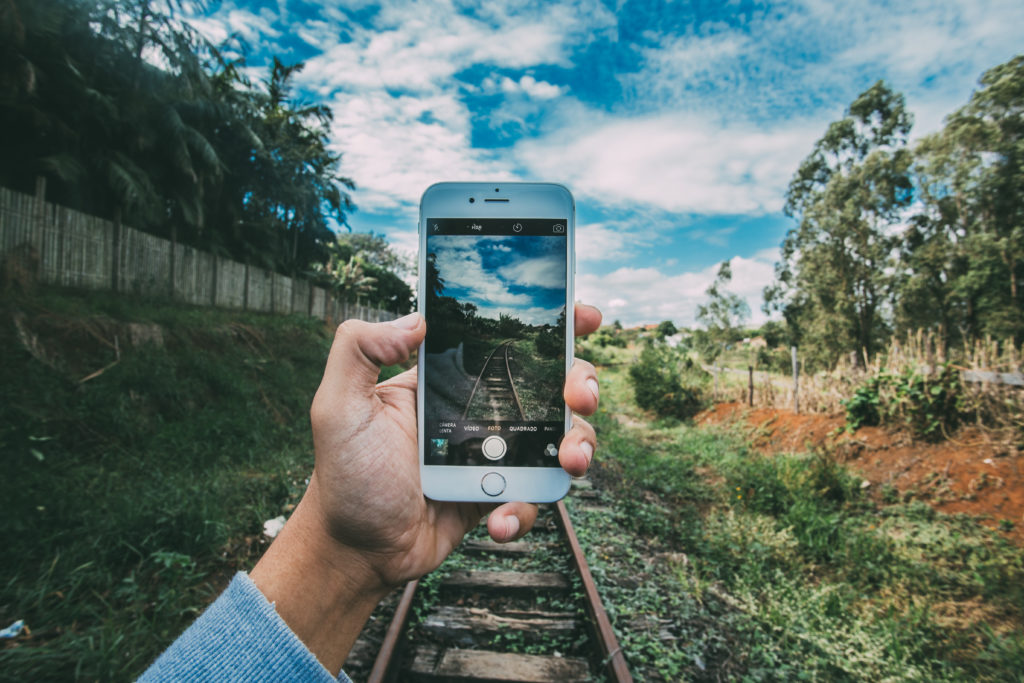
1. Smartphone Techniques
If you are proficient with a DSLR you can pretty much apply the same techniques to a camera phone. Like bigger cameras, autofocus can be hit and miss sometimes. Try to use the touchscreen for focusing. It will allow you to gain sharp focus on specific parts of the frame, rather than letting the phone decide focus.
In the same vein, swiping up or down on the touchscreen will allow you to adjust the exposure to suit. This will allow you to hold back blown highlights or lighten up shadow areas.
Use overlays in your shooting. A rule of thirds grid is always a useful thing to use when shooting, especially if it is difficult to see the screen straight on.
Don’t skimp on your shooting stance either. Brace the smartphone as if it were a full-size camera, this will help reduce camera shake. Always use two hands, not only will this give sharper images it will reduce the risk of dropping and breaking that expensive screen.
Even the best smartphones have very small sensors. This means reduced dynamic range and more noise when compared to their bigger siblings. In turn, this means you need to choose your images carefully. Avoid harsh shadows and low light if you do not have a tripod. If possible enable your camera’s HDR mode, this will automatically combine several exposures to give you a wider dynamic range.
Play around with the modes your camera has to offer. Panoramics are made simple yet effective in most camera phones. HDR can work very well. Slo-motion modes can give you some amazing video footage. The beauty of our camera phones is that they allow us to experiment with things that can be difficult to achieve with our larger cameras. All the compositional rules you know from your DSLR shooting apply to smartphones.
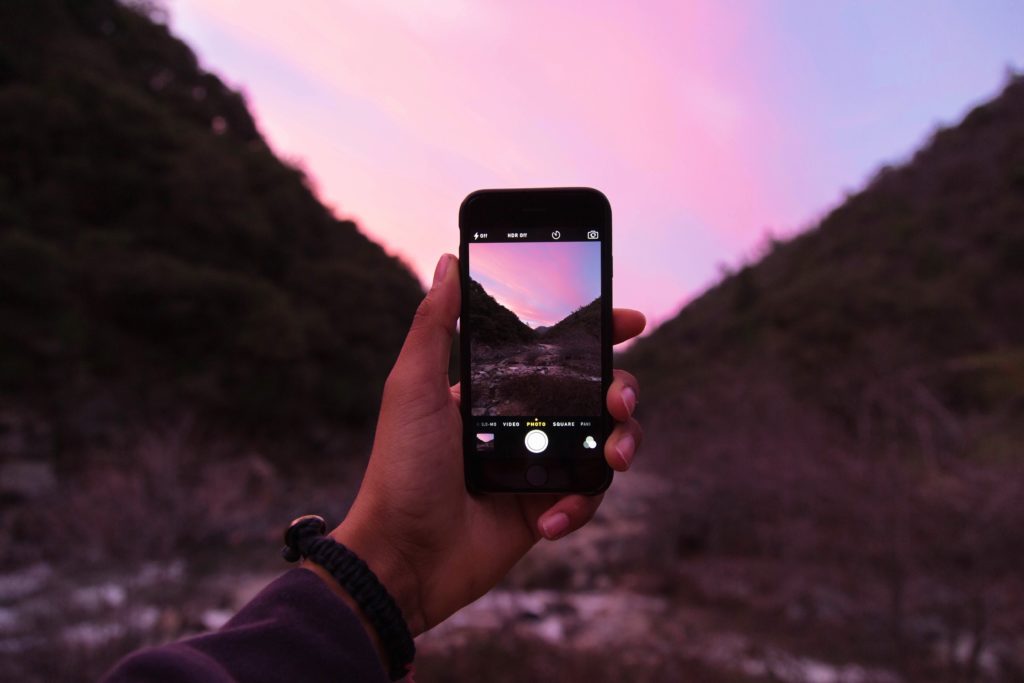
2. Smartphone Apps
Whilst the default app on your phone might do a decent job, there are third-party apps that will greatly expand the capabilities of your camera. Apps like Lightroom Mobile and Camera plus will give you access to tools such as shooting in RAW, time-lapse or hyper-lapse, better HDR, manual exposure and white balance and the ability to display a live histogram.
As well as shooting there are also great apps that allow you to edit and manage your smartphone images. Apps like Snapseed, Lightroom, and VSCO can bring desktop editing capabilities to your mobile device These will allow you to edit RAW files, work on exposure, color, crop and transform and many other things. You can also sync and manage your images between your phone and desktop apps such as Lightroom
Beyond stills, there are amazing apps for video that can allow you to shoot much higher bitrates and in log formats. By using third party apps to control your smartphone camera you can seriously increase its capabilities.
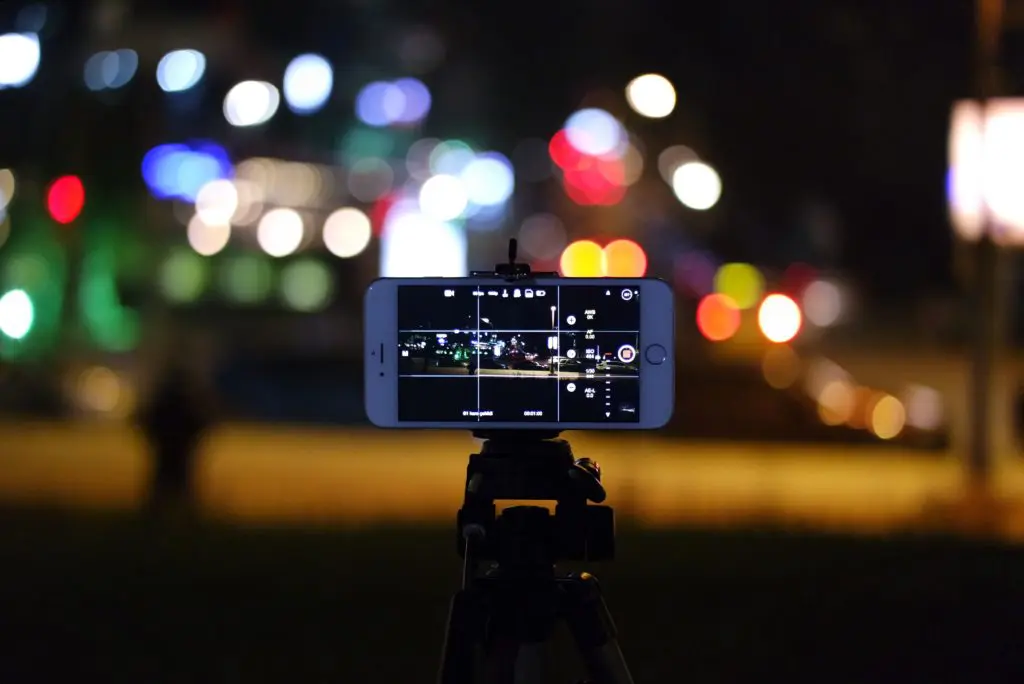
3. Smartphone Hardware
As with the mainstream cameras, there is now a large market of third-party hardware for smartphone photography. There are items such as lens adapters, these clip over the front of your camera lens and convert them to wide angle or telephoto. Some are good, some not so good.
You can get remote triggers, steady-cams and even three axis gimbals such as the DJI Osmo Mobile.
There are filters such as polarisers available and even ND filters for videographers that need to keep shutter speeds down lower. For the low light warriors, there are dedicated smartphone tripods and of course the dreaded selfie sticks. As smartphone photography continues to increase in popularity the list of available hardware will only get longer.
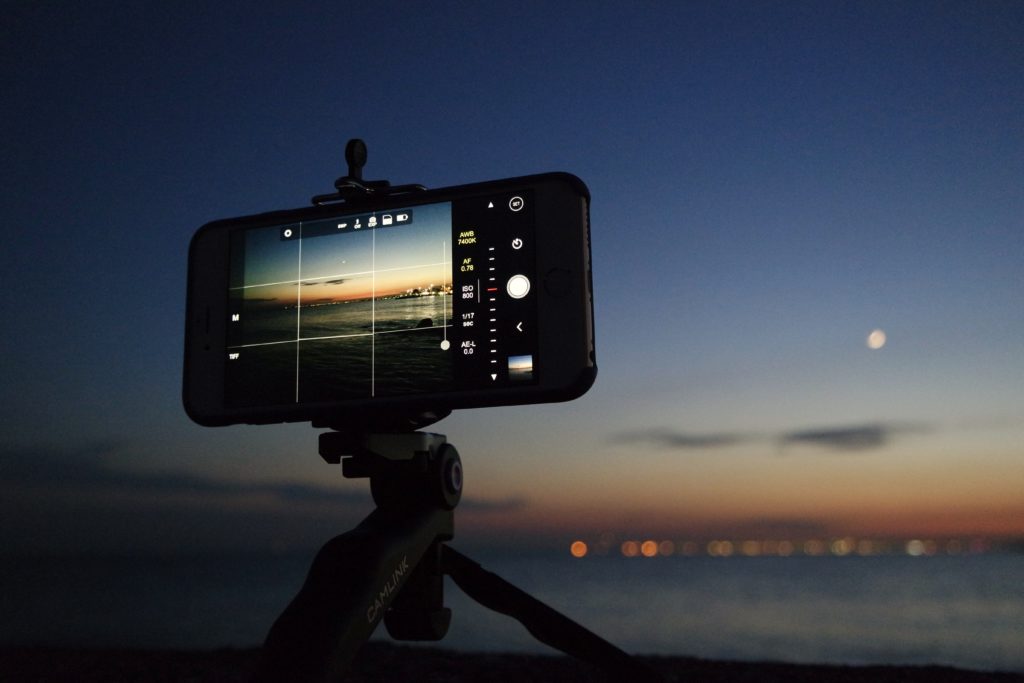
There is no reason why a modern smartphone should not be regarded as a serious photographer’s tool. If you understand the limitations of the smaller sensor then the camera in your pocket can become an incredible powerful creative tool.
There is an old cliche “the best camera is the one you have with you”. As most of us have our smartphones on us all the time there is little excuse for not getting great pictures when the opportunity arises.


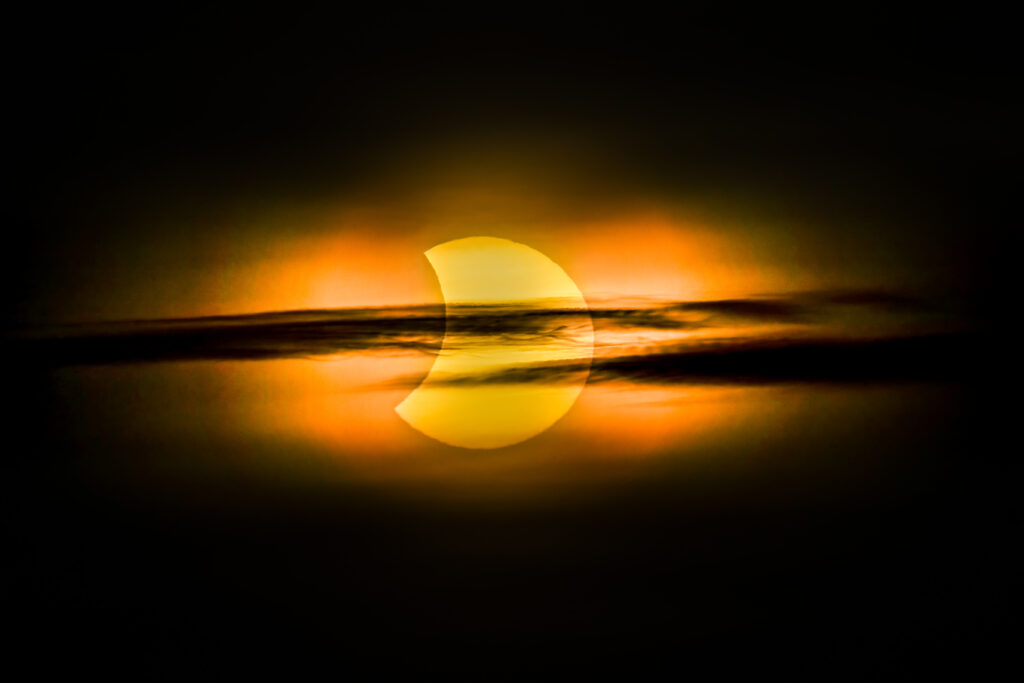


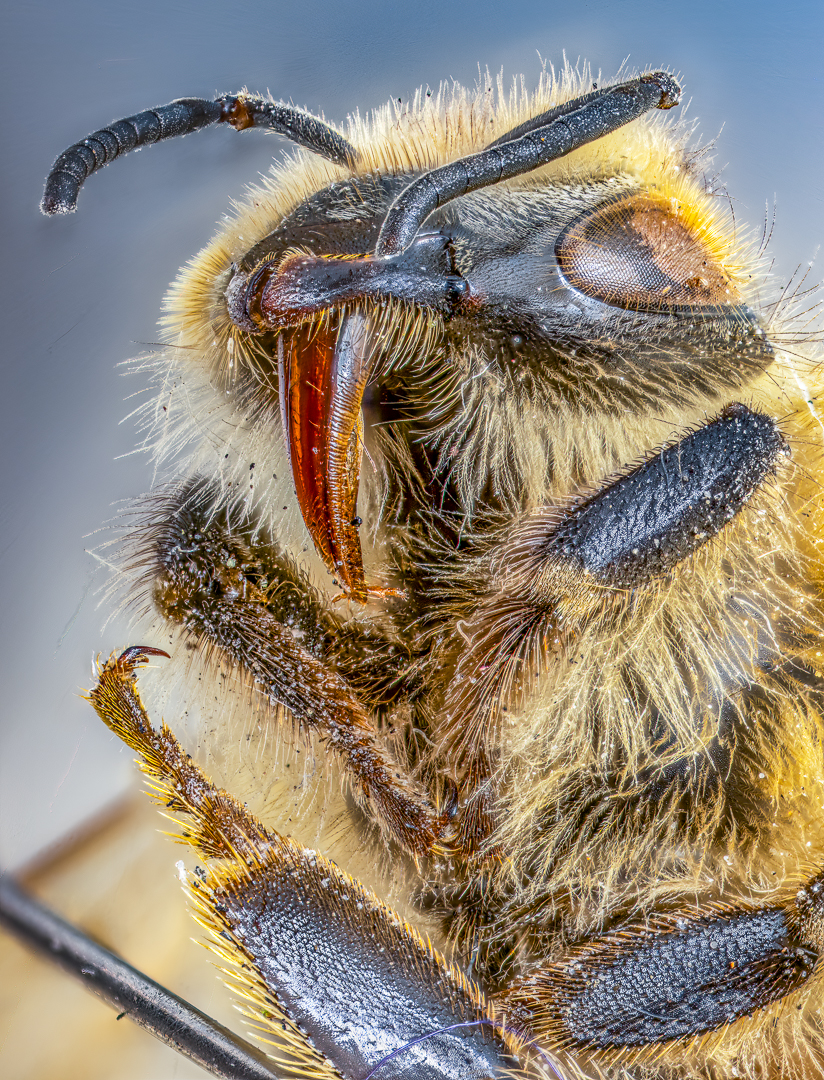
2 Comments
I love shooting with my smartphone these days- even in low light.
A smartphone suits my lifestyle and I get great pics with mine, but I will admit the quality could be better. I never took the time to look into the possibility of Apps to improve what my smartphone can produce, but I’ll get right on it. Thanks so much for your terrific article.